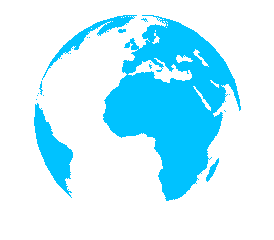06
2022
-
12
What is a diode?
author:
Diode, among electronic components, a device with two electrodes that only allows current to flow in one direction, and many uses are for its rectification function. The varactor diode is used as an electronic adjustable capacitor. The current directionality of most diodes is commonly referred to as the "rectification" function. The most common function of a diode is to only allow current to pass in a single direction (called forward bias), and to block it when it is reversed (called reverse bias). So a diode can be thought of as the electronic version of a check valve.
An early vacuum electron diode; it is an electronic device capable of conducting electric current in one direction. There is a PN junction and two lead terminals inside the semiconductor diode. This electronic device has unidirectional current conductivity according to the direction of the applied voltage. Generally speaking, a crystal diode is a pn junction interface formed by sintering a p-type semiconductor and an n-type semiconductor. A space charge layer is formed on both sides of the interface to form a self-built electric field. When the applied voltage is equal to zero, the diffusion current caused by the carrier concentration difference on both sides of the pn junction is equal to the drift current caused by the self-built electric field, and it is in a state of electrical balance, which is also the diode characteristic under normal conditions.
Early diodes included "cat whisker crystals" as well as vacuum tubes. Most of the most common diodes today are made of semiconductor materials such as silicon or germanium.
Diode
Next page
related News





